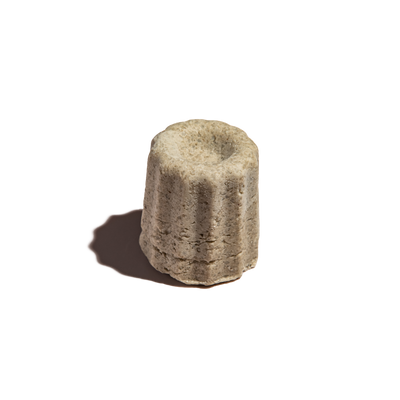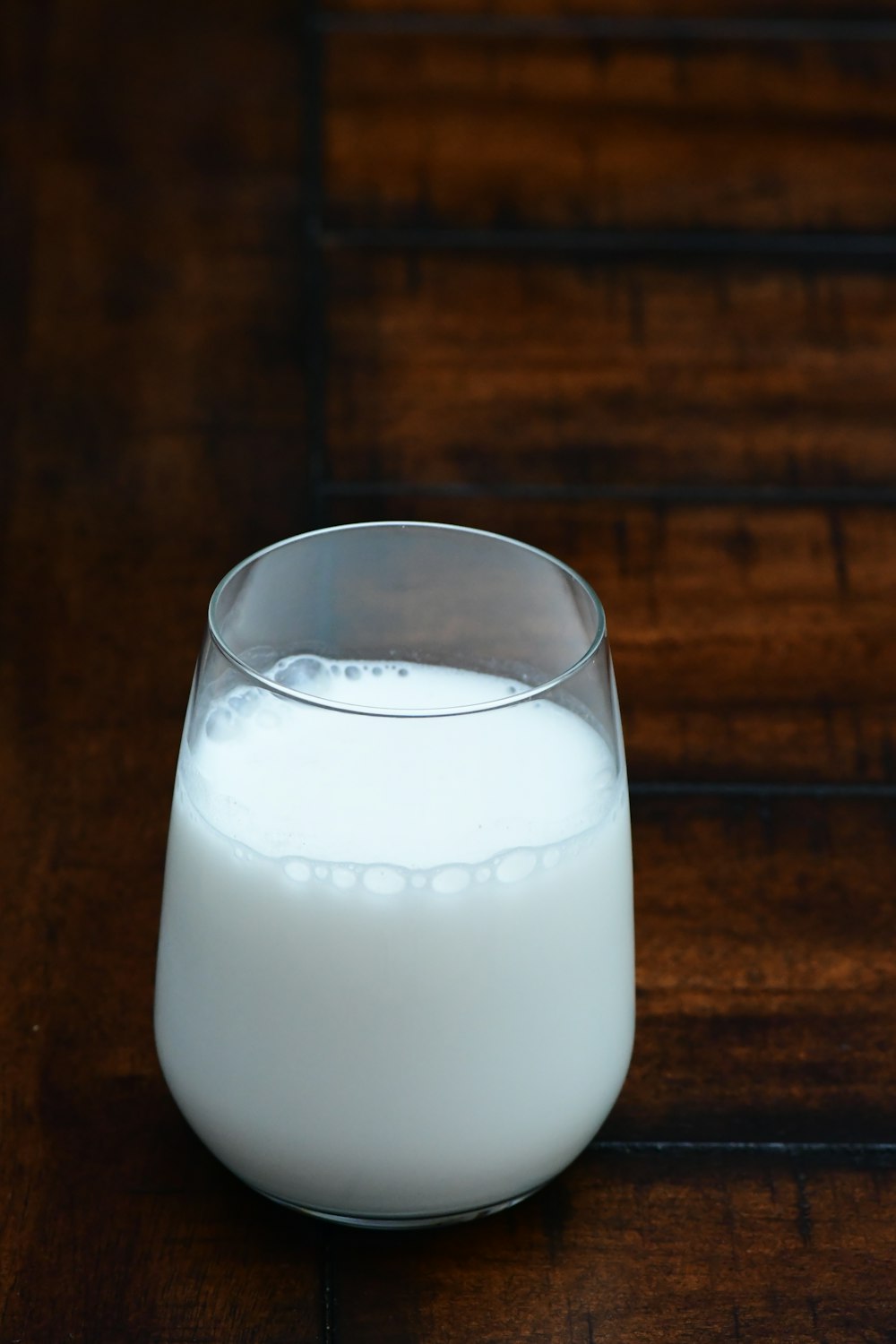Dairy – an acne trigger?
We are all accustomed to TV ads showing us that drinking milk is great for our health and gives us strong teeth and bones. So now you’re probably wondering - why are we being such cow-shamers now? Be rest assured, we are not vegan maniacs. We just want to help you understand why something that used to be good for you (even that is debatable as evident in this link) might be just the thing that is now affecting your skin health. Read on..
Milk – a hormone cocktail
Cows produce protein-rich milk to feed their baby calves and help them grow. These very proteins (Whey and Casein) and other bio-active molecules will stimulate growth and hormones in calves — and in us when we drink their milk. When we digest these proteins, they release a hormone similar to insulin, called IGF-1. This hormone has been found to trigger breakouts. Have you noticed that bodybuilders and athletes who use whey supplements like shakes and protein bars tend to suffer from severe acne?
Due to the rising demand of milk, a large population of dairy cows have even been treated with artificial hormones to increase their milk supply. So when we consume their milk, it can also interact with our own hormones, confusing our body’s endocrine system and increasing breakouts.
Promotes Excess Sebum and Inflammation
It’s all due to the hormones. A growing volume of research has proven that hormones in milk can react with the testosterone in your body – which increases production of sebum, thereby raising the likelihood of clogged pores and breakouts.
Not all Dairy has been created equal
Skim Milk: You would think that low-fat means it is less potent. Wrong! Did you know that skim milk actually contains more sugar and Whey protein? The process of removing its fat content results in higher IGF-1 levels than regular whole milk, which may be the reason why there have been a higher number of reports linked to acne severity than regular milk.
Yoghurt & Cheese: Dermatologists have found that probiotics in yoghurt can actually help to control inflammation. The reason could lie in the fact that the fermentation process results in lower levels of IGF-1 than you would find in regular milk and milk products. Having said that, it still contains milk hormones, albeit at lower levels.
Goat/Sheep's Milk: Like cows, goats and sheep pump hormones into their milk to help their babies grow. The good news is that their milk contains proteins that are easier for humans to digest, thereby making it a healthier alternative. Regardless, the milk still contains IGF-1 and growth hormone, and can spike your insulin levels.
I have been drinking for years and my skin is awesome!
Lucky you! If you are not prone to breakouts in the first place, we are not saying that you are going to start breaking out in pimples now. The research merely shows that drinking milk may worsen acne conditions from those who are already prone to breakouts. However, it is still good to consider if milk is an altogether beneficial drink to have on a regular basis.
What are some milk-free alternatives to try then?
Here are some great non-dairy milk substitutes you can try out!
|
Non-Dairy Alternative |
Calories (kcal) |
Protein (g) |
Total Fat/ Saturated (g) |
Carbohydrates (g) |
Nutrient Information |
|
Almond Milk |
36 |
1.4 |
2.6/0 |
1.4 |
Almonds have a very high calcium content and are also rich in vitamin E, manganese, selenium, magnesium, and more.[9] |
|
Soy Milk |
74 |
7.8 |
4/0.6 |
3.6 sugar: 1 fiber: 2.6 |
One of the few non-dairy alternatives that has a relatively high protein content.[9] |
|
Cashew Milk |
25 |
1.0 |
2/0.4 |
1.0 sugar: 0.1 fiber: 0.1 |
A great alternative to try in coffee, and also a good source of copper and magnesium.[9] |
|
Flaxseed Milk |
32.5 |
1.0 |
2.8/0.3 |
1.3 sugar: 0.3 fiber: 0.3
|
A very high source of omega-3 fatty acids.[9] |
|
Hemp Milk |
70.4 |
2.0 |
6.0/0.6 |
2.2 sugar: 0 fiber: 2.2 |
Considered a complete protein (it contains 10 essential amino acids), and is a good source of omega-3 fatty acids.[9] |
|
Pea Milk |
90 |
8.0 |
4.5/0.5 |
6.0 sugar: 6 fiber: 0 |
Contains the highest amount of protein amongst the non-dairy milk alternatives. This is a great source of plant-based protein! |
|
Coconut Milk |
43 |
0.5 |
4.5/4.0 |
0.9 sugar: 0.6 fiber: 0.3 |
The type of fat in coconut milk (medium chain triglycerides) are more easily digested than other types of fat.[9] It is a very creamy alternative! |
|
Rice Milk |
51.6 |
0.3 |
3.0/0.3 |
7.1 sugar: 2.2 fiber: 2.8 |
Be sure to use unsweetened brands as this alternative is often higher in sugar content.[9] |
Source: https://www.learnskin.com/articles/8-best-non-dairy-milk-alternatives-for-healthy-skin
I am convinced. What should I do next?
Dairy is everywhere. Apart from the obvious cartons of milk, it appears in sneaky places. Packaged food is the main culprit - which is worse because it usually contains the most processed type of dairy. Read all ingredients labels before you buy packaged food, and ask for dairy-free options in cafes and restaurants.
If you are a sufferer of acne and you have not been able to figure out a good solution thus far despite all your efforts, it might be worthwhile to cut out dairy from your diet to see how your skin reacts. It can take a month or longer to see any results – but it is worth a shot over antibiotics and harmful chemical creams that will negatively impact your body in the long term.











Leave a comment